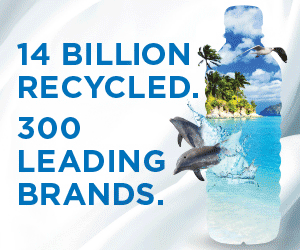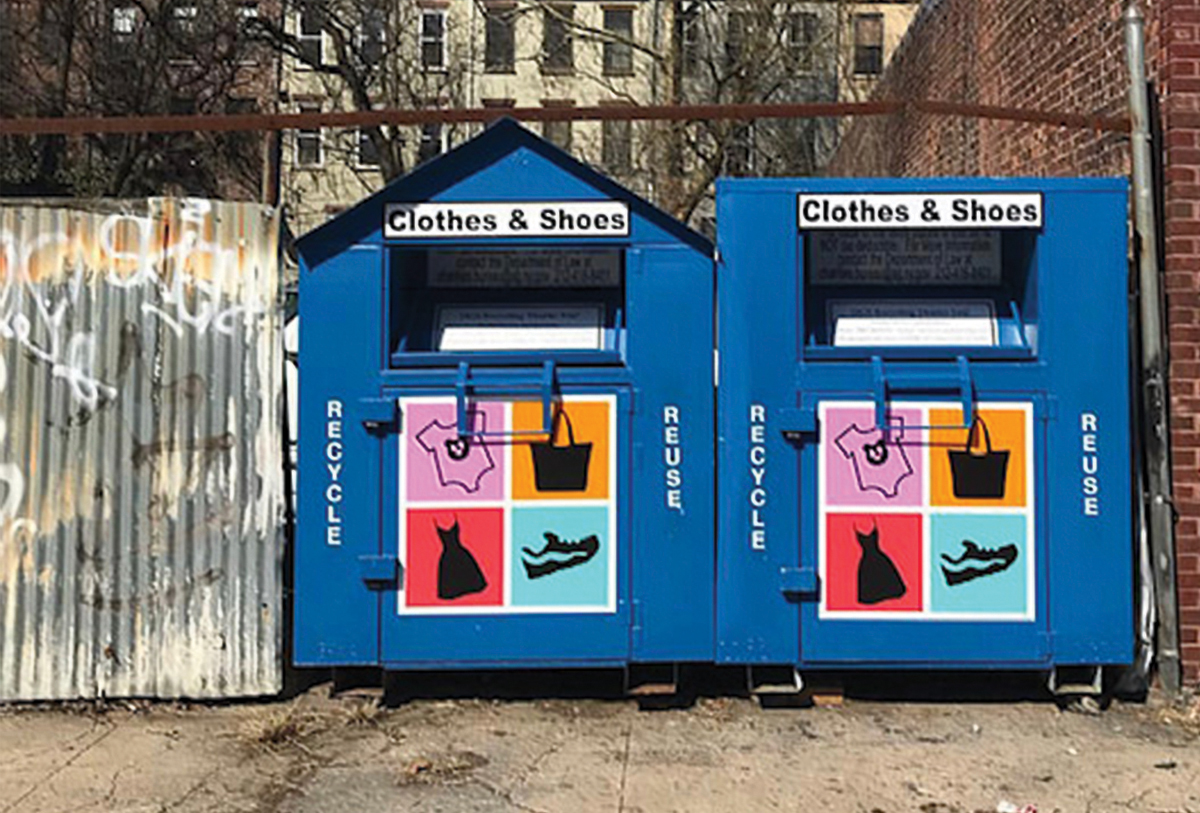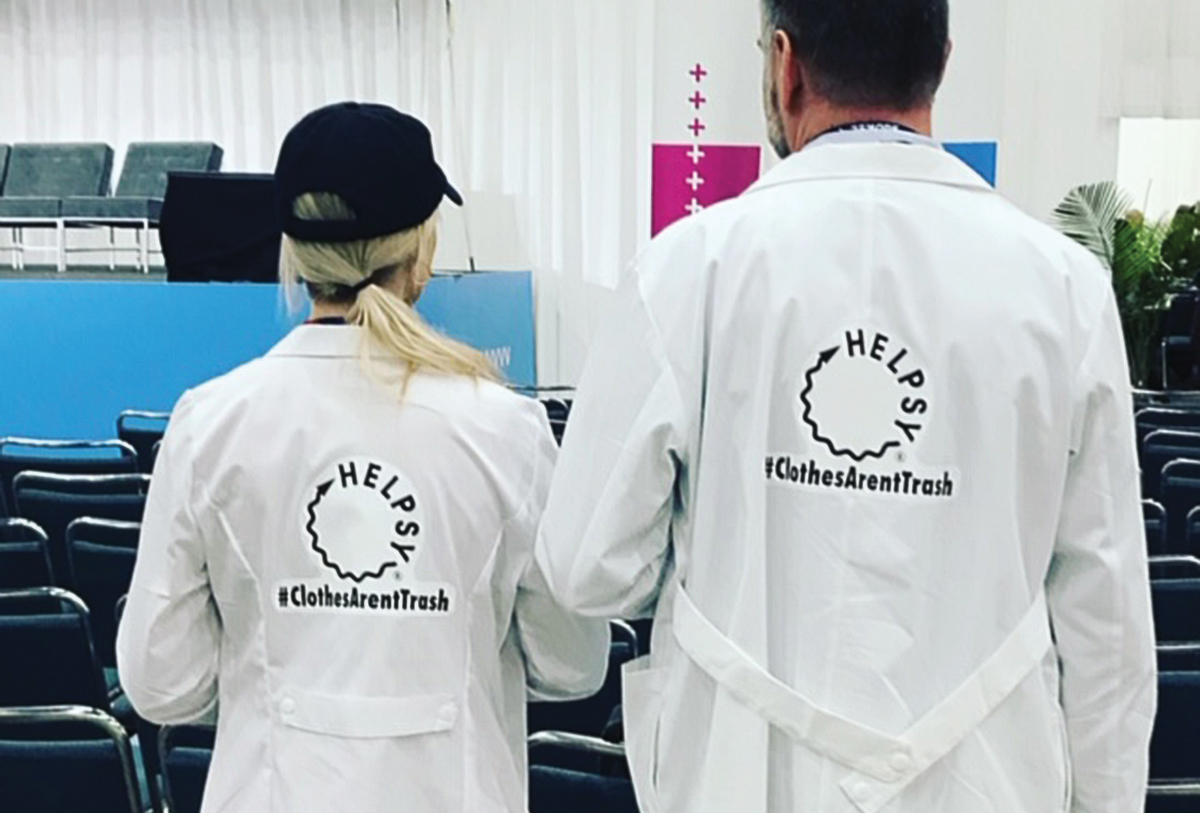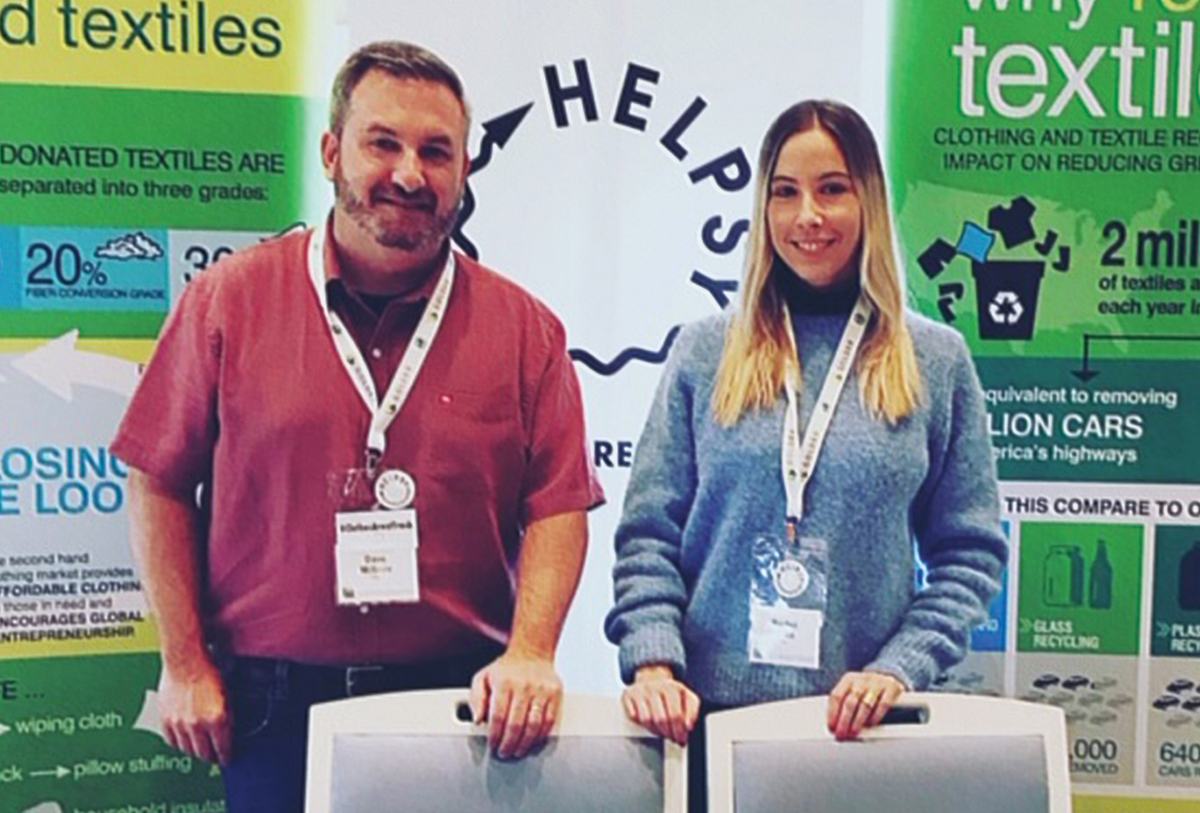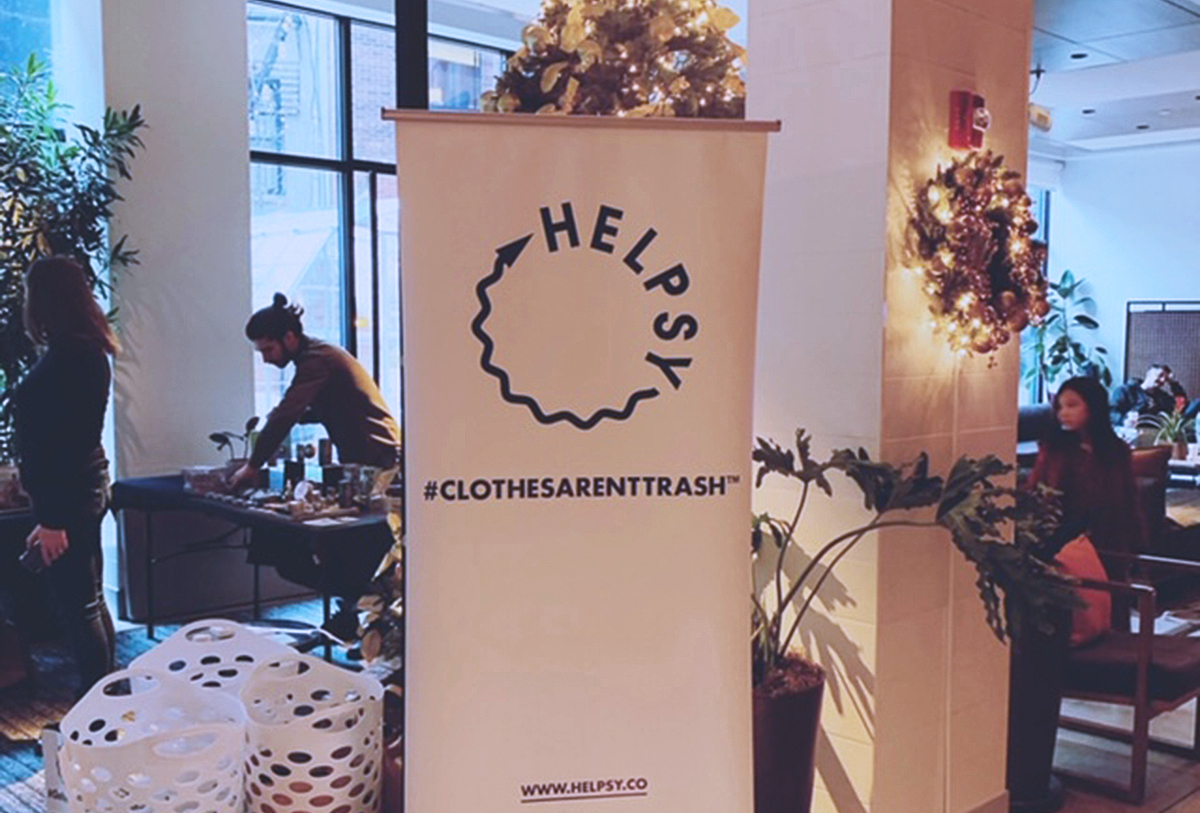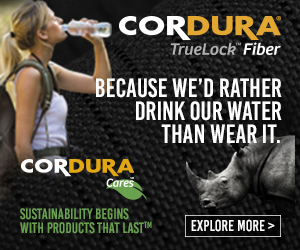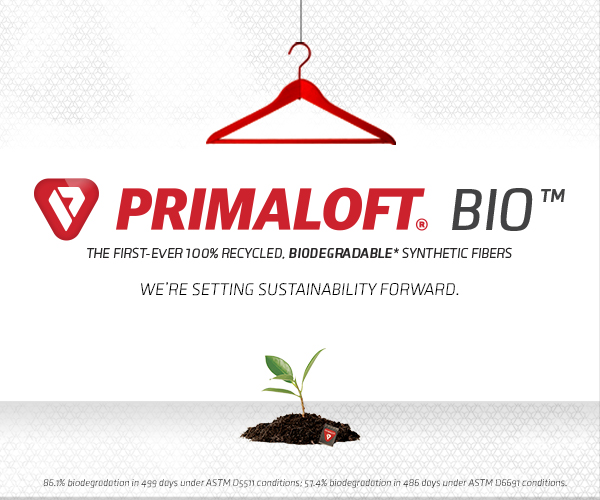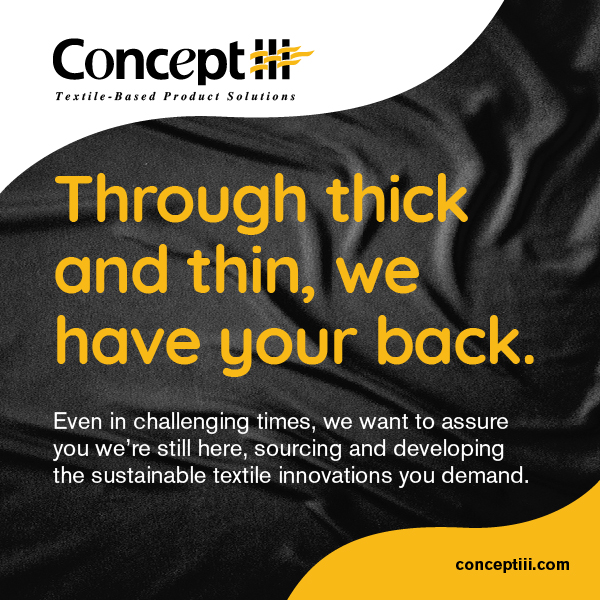Recycling Reinvented
Partnering with Retailers to Give Stained Shirts and Snagged Socks New Life.
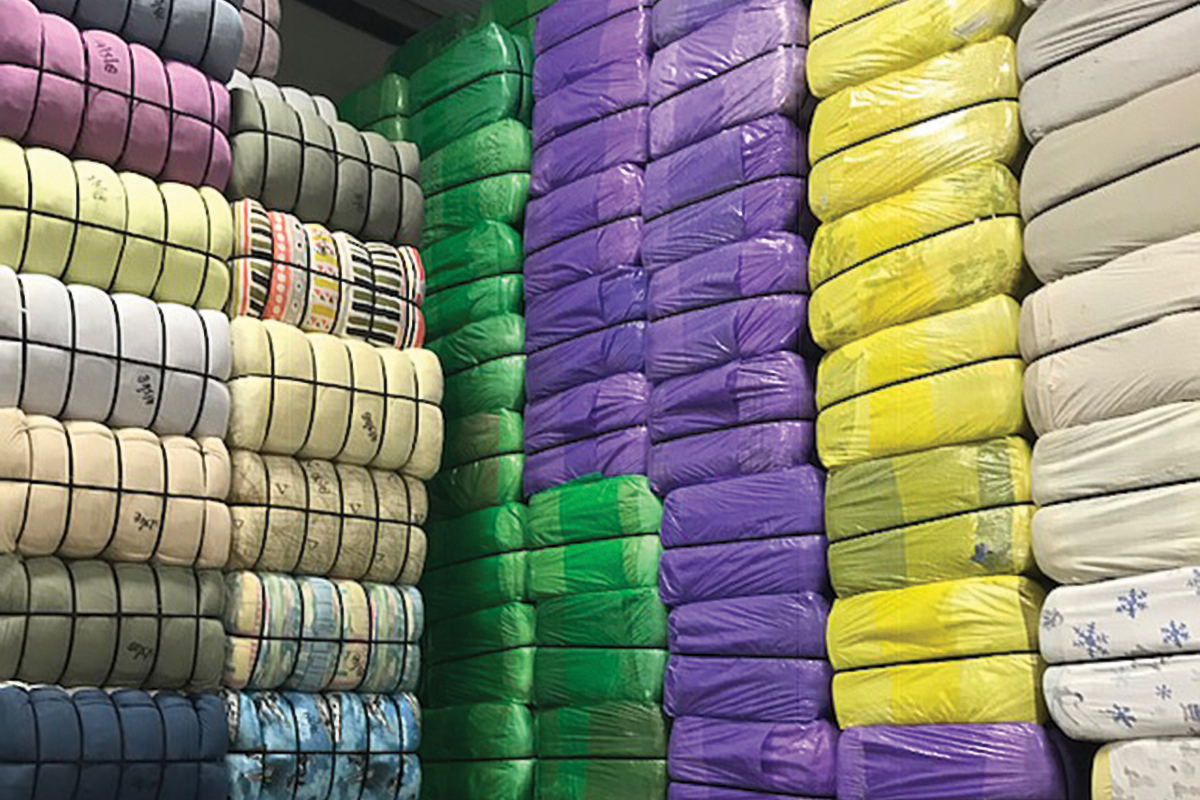
Helpsy is a for-profit B Corp with a mission to “radically change the way people think about clothing recycling.” Last year the firm collected over 25 million pounds of clothes. For co-founder Rachel Kibbe, it’s just the beginning. Textile Insight caught up with the exec to chat about the bones of her business.
Can you explain what you mean by the term “reverse supply chain”?
“Specifically, to the fashion industry, it’s what happens to a garment or accessory after it’s worn and unwanted, past season or overstock. About 80-85 percent of these things go into the trash or are incinerated or burned. We think that’s inexcusable. There are outlets for these items to continue their lives. As the first step in the reverse supply chain, we are an aggregator, collecting clothes, handbags and shoes for reuse. We collect from a bin network (we have about 2000 bins in eight states) to collect clothes from the public, plus 50 thrift stores. We call that recycling, just like for plastic or aluminum. The next stop in our personal supply chain is to graders or sorters who sort through clothes one by one. They determine if items are resalable as wearable items or if they are a better fit for industrial usage (rags or carpet padding). Their customers are thrift stores, carpet padding and upholstery filling makers, and industrial rag makers.”
Tell me about your bin business.
“We have a bin locator map online to find the one closest to you. We pay rent each month to have these at schools, churches, gas stations and shopping malls, for example. We keep them clean and service them well, but towns also have their own laws about having bins. We are always looking for more places to host our bins and be a leader in caring for them correctly and pay rent on time. That’s the bulk of our business.”
Helpsy works with retailers in several different ways, such as in-store unwanted clothing take-back, re-capturing items for resale, responsible handling of overstock and returns, and environmental reporting. Can you explain more?
“We can get things back to retailers that they have lost. Sorters can go through millions and millions of pieces of clothing and find things for upcycling so a brand can take them apart and make something else. We can provide that at scale, which is pretty groundbreaking. We’re not just asking customers for their items, we can go through every stream – even ones that we are not personally part of – to obtain these items from sorters. We recently asked our sorters to collect 44,000 winter coats to give back to New York Cares, the largest volunteer network in NYC. Most of those coats were of the highest grade, new without tags. We bought them back from our sorters and we are able to fill in the gaps of their drive. Using reverse logistics to get things to people who really need them is a relatively new concept. We see tremendous opportunity there.
Separately, clothing has an environmental impact. If it goes to the trash, the impact can’t be mitigated. If you keep the piece of clothing in existence, you are replacing the creation of a new item, thus reducing carbon emissions and water usage. We can quantify the tons we are collecting for the retailers and compute how much water and energy we are saving.”
What retailers are you working with currently?
“We are introducing a retail program in March for Bloomingdale’s nationally. It will be a denim collection and recycling initiative. Our boxes will be in 33 stores for a week. Customers will be able to bring any brand of unwanted denim in and Bloomingdales will give an incentive for some type of discount on a new pair of jeans.”
How do you work with your partners and sorters?
“We are the largest clothing collector in the northeast. A lot of work that they do takes a trained eye. Determining the condition and style of an item is difficult. People go through these items one by one and know how to get the most value for that item. It’s the most responsible way, to me, that you can be sustainable – paying a fair living wage to these people. While this industry has been quite fragmented in the past, we are trying to make it bigger and better. A lot of these sorting facilities are mom-and-pop run and women-owned businesses. This is a relationship-based business.”
Ninety-five percent of what you collect is reused, upcycled or recycled. Seventy-five percent is reusable and 20 percent is recyclable. How do you determine what is reused and what is recycled?
“That’s where expertise comes in. We tell people, you are not donating clothes, you are recycling them. You should never take on the job of sorting yourself. Graders have their own customers around the world needing specific things. Perhaps one needs lots and lots of toddler clothing. Grader experts know which toddler pieces are out of season. Also, a stained cotton t-shirt can be very valuable because cotton is great for absorption in industrial rags. It may be better than say nylon stockings, which are not very recyclable. People think they are going to insult someone by putting stained items in a bag for donation, but really, you’re recycling.”
Does it pay off for the sorters to be searching for such specific items or brands?
“Well, they are going through every piece anyway. So, if you give them enough advance notice and pay them a percentage more, it adds up very quickly with that quantity of clothing. This is a brand-new process that retailers are asking us for. Timing depends on how many items they need, whether they are going to turn it into something else or if they are going to sell it as is on another platform.”



